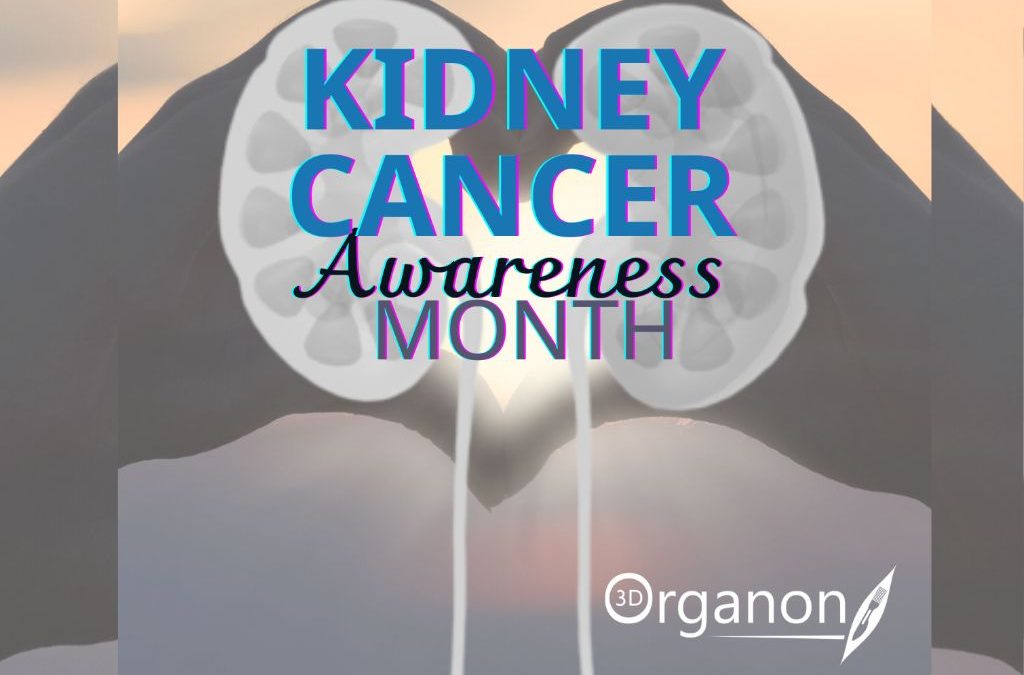Kideny canser is March is Kidney Cancer Awareness Month raising awareness and focusing on building paths to better kidney care and health.
Anatomy and Physiology of the Kidneys
The paired kidneys are reddish-brown bean-shaped organs. They are retroperitoneal organs located between the levels of the last thoracic and third lumbar vertebrae, partially protected by the 11th and 12th ribs. The right kidney is slightly lower than the left because of the position of the liver. The kidneys with the ureters, the urinary bladder, and the urethra compose the urinary system.
Particularly, the functional unit of the kidney is the nephron. Each kidney contains approximately a million nephrons. The kidneys filter blood plasma and they return most of the water and solutes into the bloodstream. The remaining water and solutes create urine. The urine is transported through the ureters to the urinary bladder where it is stored. Then the bladder expels the urine into the urethra where the urine is discharged from the body. The normal range of urine output is 800 to 2,000 mL per day.
In fact, the urine volume production depends on many factors such as the volume of fluids and food consumption, certain medications, and medical conditions. Other kidneys’ functions are regulation of the blood pressure and pH, regulation of the blood volume and composition, glucose levels regulation, and calcitriol and erythropoietin hormones production.
Kidney Cancer
Kidney Cancer is a cancer that forms in the tissues of the kidneys. As a matter of fact, there are many different types of kidney cancer, including renal cell carcinoma (RCC), transitional cell cancer (TCC) of the renal pelvis, and Wilms tumor. RCC is the most common type of kidney cancer in adults. It forms in the lining of the tiny tubes in the kidney that return filtered substances that the body needs back to the blood and remove extra fluid and waste as urine. TCC of the renal pelvis is a kidney cancer that forms in the center of the kidney where urine collects. Wilms tumor is a type of kidney cancer that usually develops in children.
Risk Factors for Kidney Cancer
The following factors may raise a person’s risk of developing kidney cancer:
- Smoking tobacco doubles the risk of developing kidney cancer.
- Men are 2 to 3 times more likely to develop kidney cancer than women.
- Black people have higher rates of kidney cancer.
- Kidney cancer is typically found in adults and is usually diagnosed between the ages of 50 and 70.
- Nutrition and weight. Research has often shown a link between kidney cancer and obesity.
- High blood pressure. Men with high blood pressure may be more likely to develop kidney cancer.
- Overuse of certain medications. Painkillers containing phenacetin have been banned in the United States since 1983 because of their link to transitional cell carcinoma.
- Exposure to cadmium. Some studies have shown a connection between exposure to the metallic element cadmium and kidney cancer.
- Chronic kidney disease. People who have decreased kidney function but do not yet need dialysis may be at higher risk for developing kidney cancer.
- Long-term dialysis. People who have been on dialysis for a long time may develop cancerous cysts in their kidneys.
- Family history of kidney cancer. People who have a strong family history of kidney cancer may have an increased risk of developing the disease.
Prevention is better than treatment!
Some of the prevention measures for maintaining the kidneys healthy are regular exercise, maintaining normal blood pressure, normal glucose levels and normal BMI, keeping healthy diet habits and quitting smoking.
Use 3D Organon to teach and learn about the kidneys.
Within the 3D Organon platform, the users can virtually dissect the kidneys and visualize their position and relationship with other anatomical structures in a 3D space. Comparing the 3D Organon models with images such as the cadaveric, the user can have a better understanding of the spatial relationship between the anatomical structures.
The painting and pathology tools assist the user to explain to his students or patients and peers the physiology and pathology of the kidneys while with the 3D Organon full-thickness microscopic models of the nephron and the glomerulus the user can emphasize the physiology and histology of the kidneys.
To complete the teaching and learning of the kidneys the user can perform an ultrasound of the area in the safe simulated 3D Organon VR environment. Αlso, the user can upload Digital Imaging and Communication in Medicine (DICOM) files from Computed Tomography (CT) and Magnetic Resonance Imaging (MRI) and view the kidneys of the patient in 3D views. The 3D Organon DICOM can be used for surgical planning, surgical training, and patient and medical education.
Ask for a 3D Organon Demo at [email protected] now and experience the leading XR medical anatomy platform!
References
2022 WKD Theme – World Kidney Day. (2022, January 18). World Kidney Day. https://www.worldkidneyday.org/2022-campaign/2022-wkd-theme/
National Kidney Foundation. (2017, May 10). How Your Kidneys Work. National Kidney Foundation. https://www.kidney.org/kidneydisease/howkidneyswrk
National Kidney Month 2022 | NIDDK. (n.d.). National Institute of Diabetes and Digestive and Kidney Diseases. Retrieved March 16, 2022, from https://www.niddk.nih.gov/health-information/community-health-outreach/national-kidney-month#:~:text=March%20is%20National%20Kidney%20Month
For the latest news, follow 3D Organon on social media.

